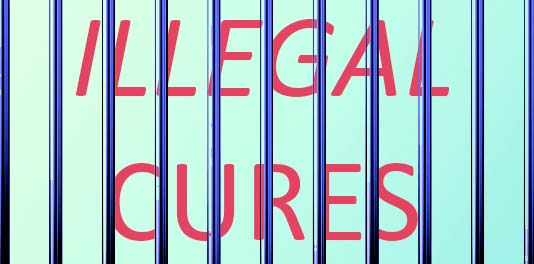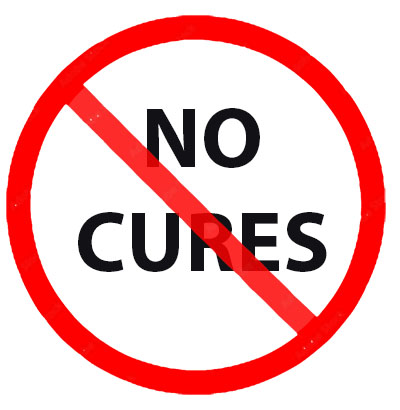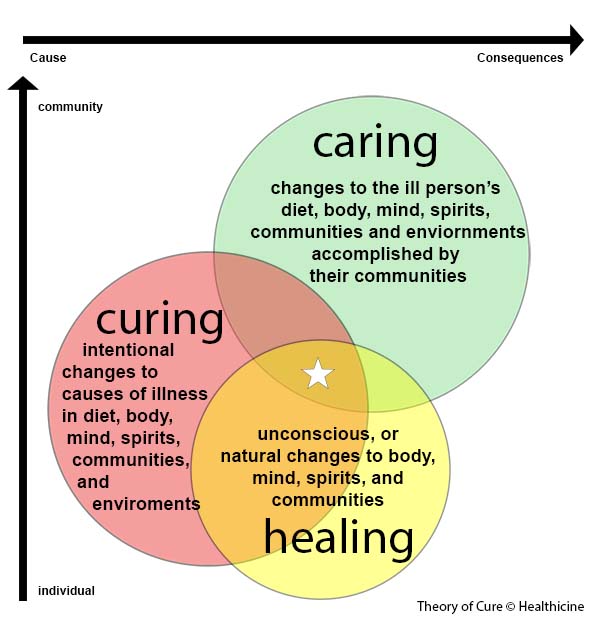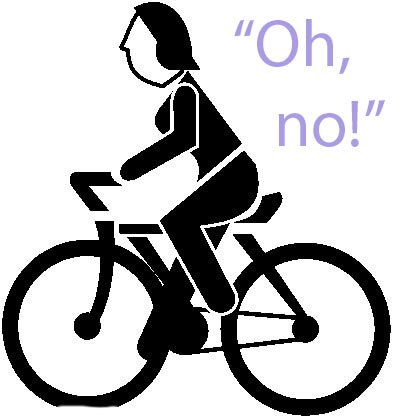
I am currently (for the next few weeks at least) living in Arequipa, Peru, and working on a translation of the Theory of Cure, into Spanish.
Actualmente vivo en Arequipa, Perú, y trabajo en una traducción de la Teoría de la Cura al español. ¿Puede usted ayudar? Necesito ayuda de personas que hablen español e inglés para que me den sus opiniónes.
Thanks for reading Theory of Cure. Subscribe for free to receive new posts and support my work.
Can you help? I need help from people who speak Spanish, and English to give me feedback. You can provide feedback here in the comments, or by emailing me at tracychess@hotmail.com.
The draft paper, in Spanish, can be accessed at this link: Teoría de La Cura. If you wish, you an also view a version that contains both Spanish and English for each paragraph.
Any feedback you can provide is important to me. It might be useful to understand some of the challenges – even in the English version of the theory.
A Summary of the Translation Process
The first problem in creating a theory of cure is simply the meaning of cure. In English, most medical references have no definitions for cure, cures, curing, and cured – much less any standard medical definitions. Most medical references do not even provide a definition of cure. It turns out the same is true in Spanish.
CURA
These dictionaries do not contain an entry for cure (cura)
MANUAL DE TERMINOLOGIA MÉDICA, Prof. Edwin Saldaña Ambulódegui, 2012
Diccionario Medico Título original: Concise Medica/ Dictionary de Oxford University Press,
Traducción y adaptación: Dr. Rafael Ruiz Loro, 1988.
Diccionario Médico (Barcelona) )by Bello, Jorge, 2001
Diccionario Espasa medicina by Universidad de Navarra. Facultad de Medicina, Madrid, Spain, 1999.
Libro De La Vida Diccionario De Medicina Abril 1973
Diccionario de términos técnicos usados en medicina by Garnier, Marcel, 1918
Diccionario Médico, Chris Brooker, 2008
Diccionario Medico Completo, Engais-Espanol, Jorge Carlos Berriatúa Pérez, 2013
The definition for cure in Nuevo diccionario médico by Ruiz Lara, Rafael Publication date 1988 says simply “cura: Ver TERAPÉUTICA“, but there is no entry for TERAPÉUTICA.
I did find Spanish medical reference that claim to define cure. The first is a Nursing dictionary, Diccionario de Enfermería – Segunda Edición (Spanish Edition), Rojas Núñez, Silvia, 2003 which defines cure and curable thus:
“Cura > (Del lat. cura, cuidado, solicitud). Curación.
Curable = (Del lat. curabĭlis). Persona que es susceptible de curar.“
The only Spanish Medical reference where I could find a meaningful definition of cure was written in 1805. which identifies four classes of cures:
1. la conservativa ó vital, baxo la qual se halla también comprehendida la analéptica:
2. la preservativa ó profiláctica:
3. la paliativa ó mitigatoria, que comprehende la urgente; y
4. la radical, que es con toda propiedad el tratamiento terapéutico ó curativo.” –
In English
“1. the conservative or vital, under which the analeptic is also included:
2. the preservative or prophylactic:
3. the palliative or mitigating, which includes the urgent; and
4. the radical, which is properly the therapeutic or curative treatment.”
Has there been no change the medical definition of cure since 1805.
Of course normal Spanish dictionaries define cure, and Spanish-English dictionaries defined cure, but these cures are based on general language usage, not on medical theory, practice nor science.
The second problem to defining a theory of cure, is the question: “What is cured by a cure.” Working in English, I quickly learned that we cannot begin by studying cures of diseases. Most diseases, officially – according to our medical systems are incurable. Even “there is no cure for the common cold.”
In English I chose the word illness. The concept of illness is broader than disease. It is possible to be ill without a disease. It is necessary to have an illness before any disease can be diagnosed. In addition, it is possible to have an illness – and a cure – without any diagnosis of a disease. The common cold is a perfect example. We get a cold. We suck it up. And we are cure by health and healthy actions, without seeing a doctor, without a diagnosis, without a officially recorded case of disease.
What is the Spanish word for illness? I’ve chosen dolencia. In Spanish,
“Una dolencia curable se curaba con una cura.”
Writing the Theory of Cure also required the creation of several new concepts. Modern medicine has no clear definition of cure, much less an agreed scientific definition. As a result, many of the concepts required to support an understanding of cure are poorly developed in English.
My Theory of Cure goal is to create a comprehensive view of cure that can be applied to any type of illness or disease. Starting with a process of simplification, I was able to accomplish much more. The resulting general theory of cure is not limited to diseases – it can be applied to any problem in a goal directed system, like a flat tire.
Because I speak English reasonably well I was able to make effective use of current words and language by selecting some clear definitions already in use and combining well known words to create new ideas.
For example, I have defined cure – in the theory of cure – as
Cured: “the cause has been addressed,” a definition that applies to an elementary illness, one with a single cause.
But, what is to be cured? Many diseases – I eventually learned that most diseases – have multiple causes. Does that mean most diseases require multiple cures?
This required a change in the definition of “cause“. The epidemiological cause of dehydration, or scurvy, or a broken arm, or COVID ARDS (Acute Respiratory Distress Syndrome) is in the past. Going back into the past to address the failure to drink water, eat healthy foods, to fall down the stairs, or to avoid be exposed to the virus, is not possible. We cannot cure “past causes.” A cure requires addressing the present cause. Drinking water now, consuming Vitamin C new, healing the injury now and addressing the respiratory distress. The concept of present cause does not exist in modern medicine, but it is required to understand cure.
So the definition of cure became an elementary case of illness is cured when its present cause has been successfully addressed.
After more than a year of researching concepts of cause and effect, I made an interesting discovery. There are two basic types of causes, which we can view as nouns and verbs, the words used in the theory of cure are attribute causes and process causes. This is most clearly understood by studying elementary illnesses.
Translating to Spanish, therefore, is quite a challenge. I started over a year ago with Google Translate, and then let it sit for a year. Google translate has problems with new ideas – the words and concepts don’t exist yet. I have similar problems when I try to use Grammarly to edit my content. It simply doesn’t understand new word usage. In Peru, I found someone to help me with the translation and corrected a lot of the Google problems.
I’m looking for Spanish speakers to give me some input on this draft.
to your health, tracy
Tracy Dean Kolenchuk
tracychess@hotmail.com






